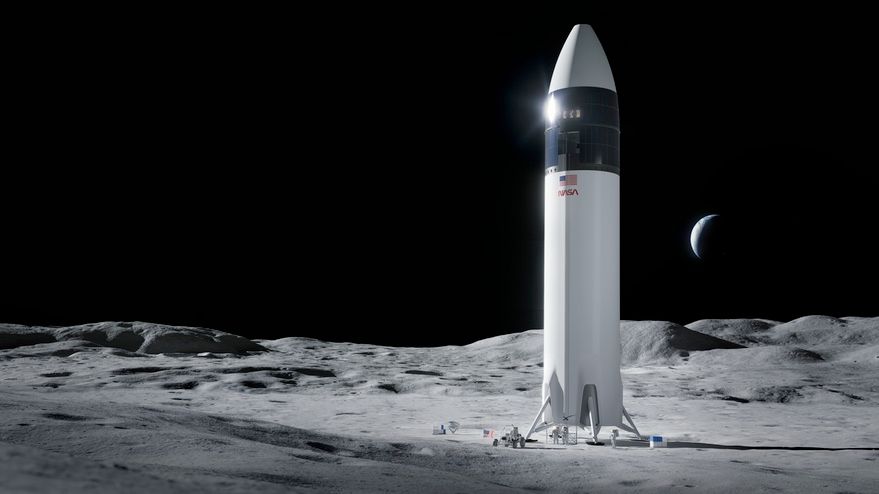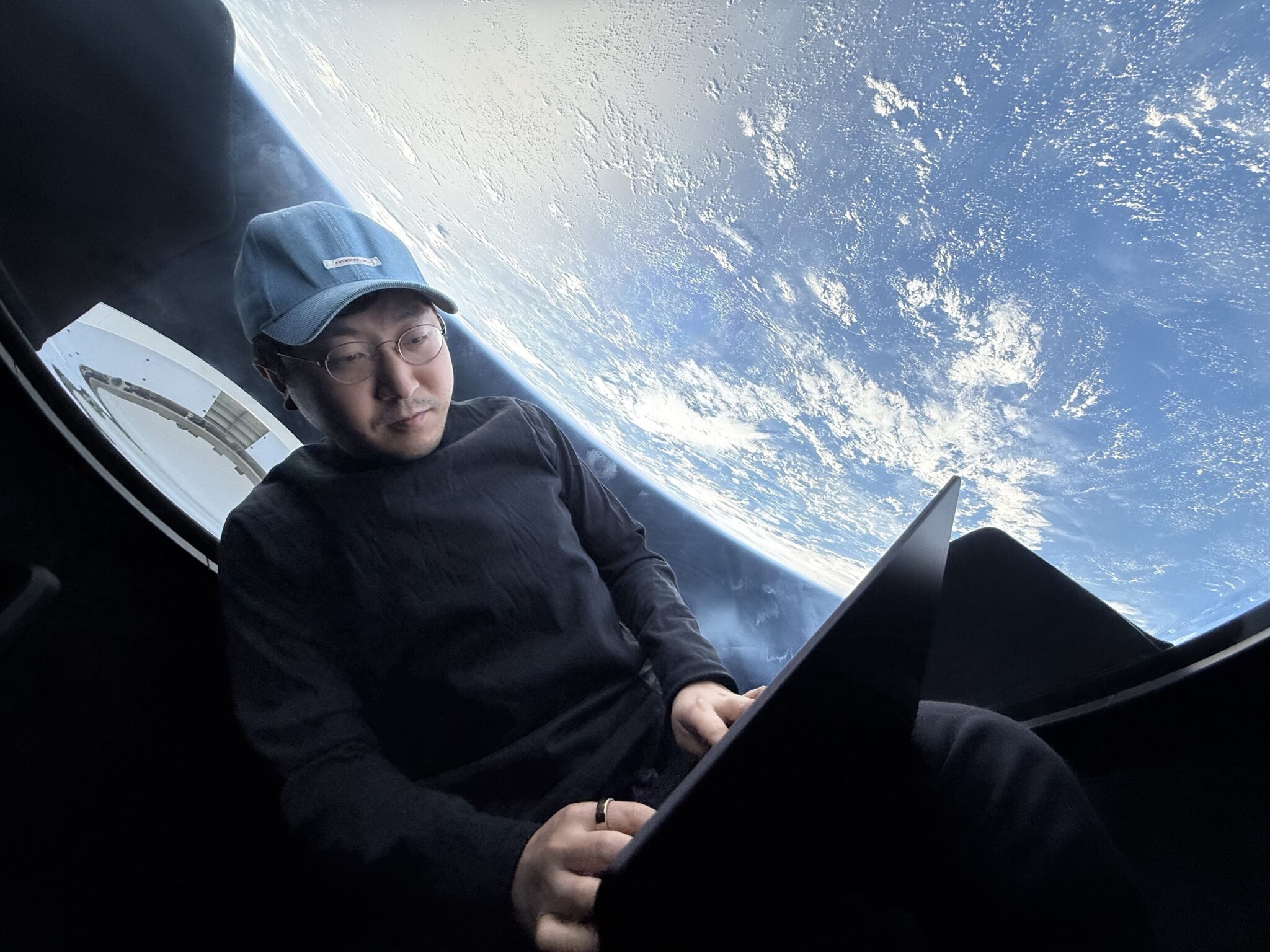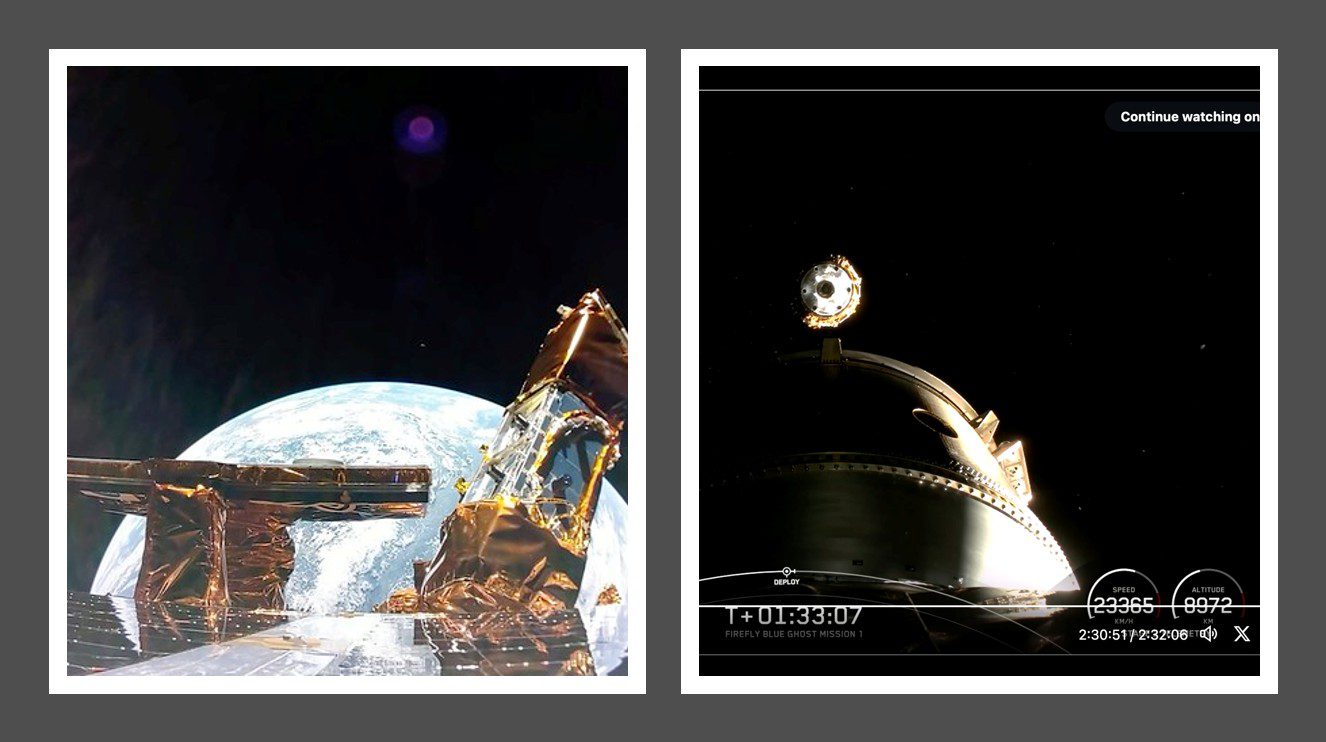In late May 2012, the non-profit-making organisation, Mars One Foundation announced plans to send humans colonists to Mars. But there is a catch. There is no way of return. In a lecture made in April 2013 at the British Interplanetary Society in London, Bas Lansdorp, Co-Founder of the Mars One project, detailed how far the project had gone answered questions on the plan to put a colony on Mars. Lansdorp, an engineer and wind energy entrepreneur started the project using his own capital with technical support from his co-founder and ESA scientist Arno Wielders. The idea is to make the project into a long term world television event. The project would be thus funded from the revenues derived from advertising and media sales run by a commercial organisation called the Interplanetary Media Group.
A $6 billion Plan – and that is just for starters
After raising sufficient capital, and having selected various subcontractors, Mars One outfit will formally award contracts to them. Of the key suppliers, one is likely to be Space Exploration Technologies (SpaceX) which will scaled-up versions of a SpaceX vertical-landing Dragon capsule, crew planetary transfer and Mars landing technologies and a full launch service to the project. It is estimated that $6 billion would be need to launch the initial crew of four with a further $4 billion being need for each crew thereafter. No return capability is to be included.
Lansdorp noted that initial plans have been discussed with SpaceX, though he cautioned that Mars One would have to provide funding before they would work in detail on the project. Under the plan, a crew of four settlers would be drawn from a pool of astronaut settlers who themselves would have already been chosen via stringent acceptance tests. Despite the one way nature of the trip, Landorp reported that some 10,000 people had already expressed an interest in applying for the adventure via e-mail.
The running order
While the technical details remain sketchy, Lansdorp detailed the basic timeline of the plan. Before any manned launch takes place, there would be various precursor missions. According to the plan in 2016 a demonstration mission would test the Martian approach and landing techniques. In 2018, a Mars rover would be landed to find the best location for such a base.
In 2020, a series of six missions would land cargo and a second rover vehicle. The living quarters would include two living units and two life support systems for redundancy. The rovers and trailers would be used to move modules and structures to the main base site. The use of inflatable structures would be employed, some of which would be covered with Martian soil to a depth of 2 meters to provide radiation protection. Bas Lansdorp noted that that the Mars Curiosity Rover has confirmed that the surface radiation environment is relatively benign, being only equivalent to astronaut exposure in low Earth orbit (LEO).
The life support systems would include systems to create a breathable atmosphere by filtering nitrogen and argon from the Martian atmosphere and oxygen and water would be drawn from the planet’s soil. Power would be supplied using solar array technologies and food would be grown using greenhouse equipment. It is realised that such a colony would still need periodic supplies from Earth. Likewise, having to account for sand storms and solar degradation would mean that about 3,000 square meters of solar panels would be needed to satisfy the power demands of the initial colony.
Only once enough breathable air and drinkable water has been produced would the astronauts be launched to the planet in an initial crew of four.
At this point, funding and successful missions to date permitting, the first crew of four settlers would be launched on their flight to Mars – probably around 2023. The 210 day first manned flight in 2023 would be via a transfer vehicle that would carry all its own water (about 2500 litres without reuse) with the tankage being used to block radiation in space. A second crew could be launched in 2025.
Is it just the “beautiful people” that need apply?
While the James Bond movie Moonraker (1979) had a plot involving megalomaniac space villain Hugo Drax being intent on restarting the human race in space using “perfect” human specimens, Lansdorp was at pains to note that it would not just be perfect people that need apply. This would be despite the discriminatory demands of television audiences.
“Everybody will be able to apply for the missions.” said Lansdorp. “It won’t just be beautiful people that go on this trip” he said.
Having said that, Landorp then confirmed that genetic and health tests would sift out some of the weaker applicants. The process of candidate selection is to start in the second quarter of this year – probably in May.
On the subject of selection, some doubted good space crews and good television would be compatible. Specifically, highly skilled and well balanced individuals that make ideal astronauts and crew mates, would probably actually make good television viewing. For what is being planned is a reality TV style approach examples of which usually only make good viewing because of conflict between “difficult” personalities.
On the implications of breeding on the planet had Landorp jested that “what settlers get up to in their own time is their own business,” not realising that the salacious aspect of reality TV is what often drives viewer numbers. There was another serious aspect to this question. Given that sterilisation from cosmic and solar radiation would hopefully be avoided during the journey using shielding, Lansdorp admitted such an eventuality would have to be considered. He noted that conception and foetus growth under these conditions had not been tried yet, nor had the long term genetic and health consequences been tested. Some suggest that over time, a whole new sub-species of human could be created.
When asked whether human settlers would bring contamination to the planet, Landorp noted the chairman of the COSPAR Panel of Planetary Protection on the Mars One adisory board advising the organisation on its adherence to the Planetary Protection Protocol.
With respect to what laws would be applied for such a colony, Lansdorp said he expected that the settlers would, over time, set up their own nation with their own set of laws. When questioned whether such a legal regime might include the “death penalty” for extreme crimes such as murder, as used to be prevalent in the early days of sea-faring exploration and colonisation, Lansdorp made the somewhat unrealistic and impractical suggestion that that a cell could be set up for long-term imprisonment. Lansdorp noted that chance of such a serious criminal eventually would be very small.
What about the competition?
Earlier this year, the former space tourist and business entrepreneur, Dennis Tito, announced a plan to fly a couple around Mars on a round trip. Lansdorp said he admired Tito and his Inspiration Mars Foundation for their 2018 Mars flyby plan, adding that he was relieved that at least Tito was not planning to land on Mars.
Mars One hopes to benefit from Tito’s development of technology which in effect shared many of the elements of Mars One project. For example, both organisations plan to use the US firm Paragon Space Development Corporation as a supplier to produce their human life support and space suit systems. Lansdorp noted that he was to meet Tito shortly at a conference to see if there was any common ground for co-operation between their two organisations. Landorp did note one big difference between the Tito plan and the Mars One mission. Mars One would be “as international as possible” while the Tito mission would be a mainly US-only mission.
Lansdorp admitted that if Tito’s mission went well, and importantly, secured sufficient television and online audiences, then raising funds for their own operation would become significantly easier, With respect to their own funding Landorp remain silent on the amount raised to date, save to note that his not-for-profit organisation was receiving large and small donations every week.
When asked whether SpaceX leader and originator, Elon Musk, might not want to take the glory of landing on Mars first, Lansdorp retorted: “Elon does not want to be the first man on Mars. He wants to retire there.”
So what are the chances of the MarsOne mission?
From a technological point of view, the plan has elements of success. Lansdorp was at pains to point out that the plan would only require current technology to be achieved. “No new inventions need to be done to make this mission possible,” said Lansdorp.
While there are possible legal issues in sending early settlers with not capability to return to Earth, not least if ever there resupply missions were halted, Lansdorp noted in not have to return to Earth considerably helped the technological chances of success. It is the return to Earth capability from the Martian surface that had not yet been developed by mankind.
The weakness of the Mars One plan is the television/media model for raising funds. For two settlement missions, $10 billion will be needed. While Lansdorp noted that he thought that such revenues would be available, drawing on the parallel to the major television sporting event of 2012, the Olympics, which raised $4 billion, critics wonder whether the ennui of watching astronauts basically do not much day-after-day will be revenue generator that the Mars One organisation thinks.
On a lighter note: they may have missed a funding trick
For this Mars settlement plan, Mars One emphasises that all participants have to be volunteers. In doing so, one cannot help thinking that perhaps the Mars One team has missed a trick. If they had allowed nominations to be made for such one way trip on a paid for basis this really could have been a most excellent money spinner. No doubt nominations for various politicians, bankers, school teachers etc would top the poles.






